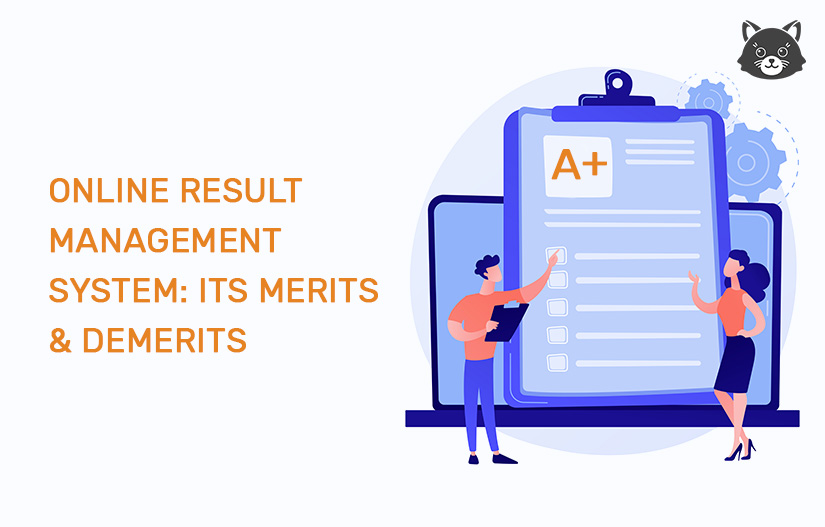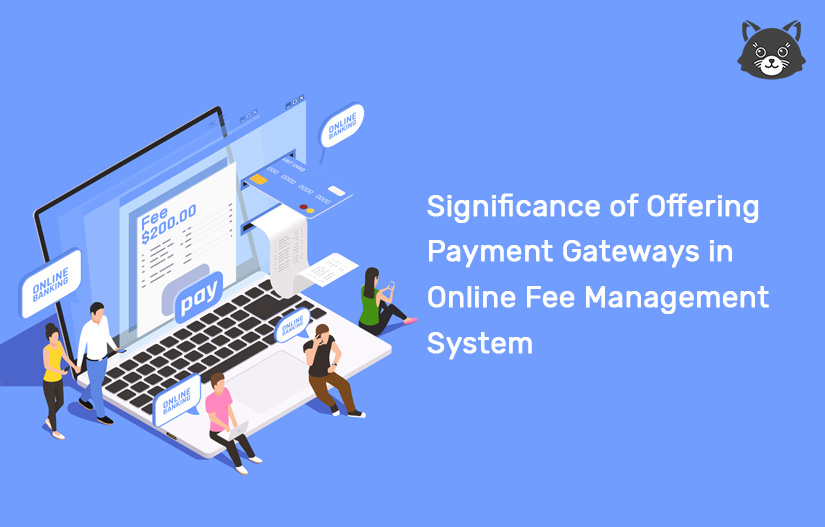Introduction:
In the fast-paced digital era, industries around the world are undergoing transformative changes, and education is no exception. The integration of technology into education, often referred to as digital transformation, has become a key driver for improving learning outcomes, accessibility, and efficiency. OpenEduCat, a leading player in the education technology sector, is at the forefront of this revolution, empowering educational institutions to embrace the future of learning.
The Need For Digital Transformation In Education:
Traditional educational methods are gradually giving way to more dynamic and technology-driven approaches. The traditional classroom model, although effective, has limitations in catering to the diverse learning styles and needs of today's students.
Digital transformation in education addresses these challenges by leveraging technology to create a more inclusive, flexible, and interactive learning environment. It enables educators to adapt their teaching methods to suit the needs of individual students, fostering personalized and student-centric learning experiences.
Key Components Of Digital Transformation In Education:
Learning Management Systems (LMS):
OpenEducat's Learning Management System plays a pivotal role in digital transformation. It provides a centralized platform for managing and delivering educational content, assessments, and communication. LMS facilitates the transition from traditional to online learning, allowing educators to create engaging and interactive courses.
Cloud-Based Solutions:
Cloud technology enhances accessibility and collaboration. OpenEducat's cloud-based solutions enable students and educators to access educational resources from anywhere, promoting a seamless and connected learning experience. Cloud storage ensures that valuable educational content is securely stored and easily retrievable.
Data Analytics and Insights:
Digital transformation in education is incomplete without harnessing the power of data. OpenEducat's analytics tools provide valuable insights into student performance, engagement, and learning patterns. Educators can use this information to tailor their teaching methods, identify at-risk students, and continuously improve the learning experience.
Mobile Learning:
Recognizing the prevalence of mobile devices, OpenEducat emphasizes mobile learning solutions. This allows students to access educational content on their smartphones or tablets, providing flexibility and accommodating diverse learning styles.
Benefits Of Digital Transformation In Education:
Enhanced Accessibility:
Digital transformation breaks down geographical barriers, making education accessible to students regardless of their location. This is particularly beneficial for remote and underserved communities.
Personalized Learning:
OpenEducat's digital solutions enable educators to customize learning experiences based on individual student needs and preferences. This personalized approach enhances engagement and comprehension.
Cost Efficiency:
By reducing the reliance on physical resources, digital transformation can lead to cost savings for educational institutions. This includes savings on textbooks, administrative tasks, and infrastructure costs.
Improved Collaboration:
Digital tools facilitate collaboration among students and educators. OpenEducat's platforms support real-time communication, discussion forums, and collaborative projects, fostering a sense of community in the virtual learning environment.
Conclusion:
The digital transformation in the education industry, driven by innovative solutions like OpenEducat, is paving the way for a more inclusive, flexible, and effective learning experience. As technology continues to evolve, so too will the opportunities to revolutionize education, ensuring that students are well-equipped for success in the digital age. OpenEducat stands as a beacon in this transformative journey, providing the tools and resources necessary for educational institutions to thrive in the 21st century.

.jpg)







